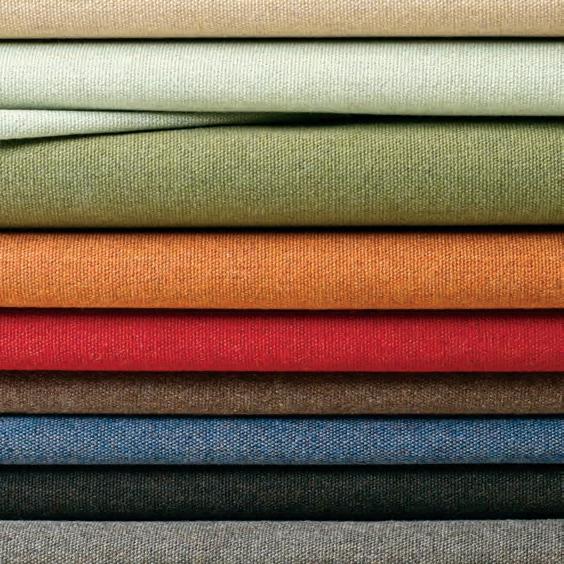
2 minute read
Graphics Play Central Role in Communicating Sustainability
from Raven Issue No. 18
Effective communications is one of the essential elements in achieving a sustainable operation and nothing communicates as effectively as illustrations. Glen Raven Technical Fabrics has proven this strategy through the use of “spider graphs.”
“We wanted an approach that would illustrate progress with all of the elements in our sustainability program at a glance,” said Patti Bates, vice president of operations for Technical Fabrics. “We discovered the spider graph approach at a technical conference and adopted it for our company.”
Advertisement
The spider graph – aptly named because it resembles a spider’s web – incorporates all of the essential sustainability factors for Technical Fabrics – energy and water use, landfill, fabric and nonfabric wastes as well as air emissions. As improvements are made in each area, that portion of the spider graph shrinks in relation to other individual elements and the graph as a whole.
Technical Fabrics began its work with the spider graph illustration in 2009 and has continually updated it each month since then. The graph represents activities at its Burnsville, N.C., weaving operation and at its Park Avenue Finishing Plant in Burlington, N.C.
“Through process and equipment improvements, we’ve reduced our water consumption in the Park Avenue Finishing Plant by more than half while overall production has increased; by changing some of our chemistry we have seen a substantial improvement in air emissions,” said Eddie Gant, manager of Park Avenue. “Sustainability is a series of large and small steps, which we capture and illustrate with our graphs.”
Both Burnsville and Park Avenue have completely eliminated landfill wastes, and Burnsville has achieved significant improvement in energy use converting from fuel oil to natural gas.
“Sustainability is a series of large and small steps, which we capture and illustrate with our graphs.”
Eddie Gant
“Our conversion to natural gas could not have gone more smoothly,” said Wendell Wilson, manager of Burnsville Plant. “Natural gas is less expensive and cleaner burning, so it’s been an important improvement for us.”
A spider graph approach is applicable for virtually any organization pursing multiple sustainability measures. The essential steps include the following:
• Variables – The first step is to determine the sustainability factors to be measured, including energy or water consumption and waste reduction.
• Measurement – The next step is measurement, which results in a beginning baseline and a method for regular updates.
• Goal setting – Establishing goals for each of the measurement categories adds accountability and motivation to the process.
• Tactical plan – Each goal must be backed by a specific tactical plan for achieving those goals.
• Communications – Finally, making the graph available throughout an organization supports its greatest value – clear and graphic representation of goals and achievement.
“Our sustainability program is well established today as we continue in a phase of maturing our efforts,” Gant said. “The spider graph is the one place where the impact of every element comes together.”
Finally, sustainability must be economically viable. We find that in virtually every instance sustainable practices are also good business strategy. For example, eliminating the payment of landfill fees and securing revenue from your waste products is obviously a sustainability good business practice. The same is true for designing and manufacturing environmentally responsible products that respond to the market’s expectations and build brand loyalty among consumers.
Arriving at a definition of sustainability is an excellent first step in the continuing process of becoming more sustainable. Rather than being viewed as some lofty unattainable goal, we can recognize that each element of sustainability represents solid business practices that every organization can adopt for more prosperous and secure futures.
Glen Raven Technical Fabrics adopted a “spider” graph approach in 2009 to illustrate the goals and progress of its sustainability program. As progress is made with each of the sustainability measures, that portion of the spider graph is reduced. The series of graphs illustrates Technical Fabrics’ progress over the past several years, including the recent achievement of landfill-free status at its two North Carolina manufacturing centers.









